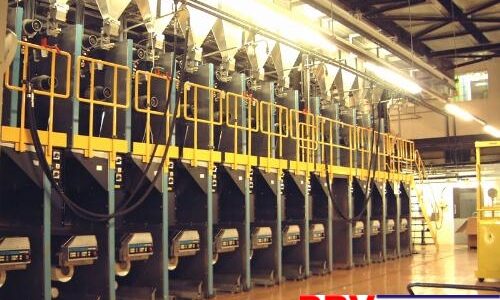Plasma cutting has been in use since the 1960s. Today it is a widely used metal cutting process. Unlike conventional “metal against metal” cutting, plasma cutting doesn’t produce metal chips so it can create accurate cuts.
Although initially plasma cutting was quite time consuming and expensive, it emerged as a more user-friendly, economical and productive method by the 1980s, due to the application of modern engineering techniques.
Here we discuss the different methods of plasma cutting as well as how it works, applications and pros and cons of utilising it in an engineering application.
Plasma Cutting Processes
First, there are three major processes used for plasma cutting:
Air plasma – In general, a hand-torch is used for metal cutting in this system. It is considered to be the most portable plasma cutting option. In most cases, it uses inverter power supply technology. The important features of this process include:
- The system can run within a power output range of 12 amps to 120 amps
- Cutting thicknesses can be achieved as low as 1/8 inch
Mechanized plasma – This conventional plasma cutting system is extensively used in shipyards, steel service centers and heavy-equipment manufacturing companies in order to obtain high productivity. The notable features of this technique are:
- Uses machine-mountable torches
- Available in amperages ranging from 130 amps to 1,000 amps
- Cutting thicknesses of up to 61⁄4 inches can be achieved
- It requires constant manual monitoring on different factors, such as gas flow, pressure, arc voltage
High definition plasma – This system has emerged as the most viable metal cutting solution in the industry over the last two decades. After its introduction in the 1990s, it went through several research and development processes. High quality cuts, economical operating cost and high cutting speeds are some of the major benefits of using this system. Initially, it had a thickness capacity of 3⁄8 inches. However, with advancements in engineering technology, now cutting thicknesses of up to 3 inches are easily achieved.
Some of the important features of this process are:
- In order to achieve quality in cutting, plasma cutting equires monitoring by expert operators
- Cutting thicknesses can be as low as 26 gauge to as big as 3 inches. When used on carbon steel, thickness capacity of up to 61⁄4 inch is also achievable
- It requires power levels ranging from 130 amps to 800 amps
- Technology updates on plasma cutting methods are continuing to evolve in order to obtain better results in cut quality and productivity
How do you see this kind of technology helping your manufacturing processes in the future? Let us know in the comments below.







Recent Comments